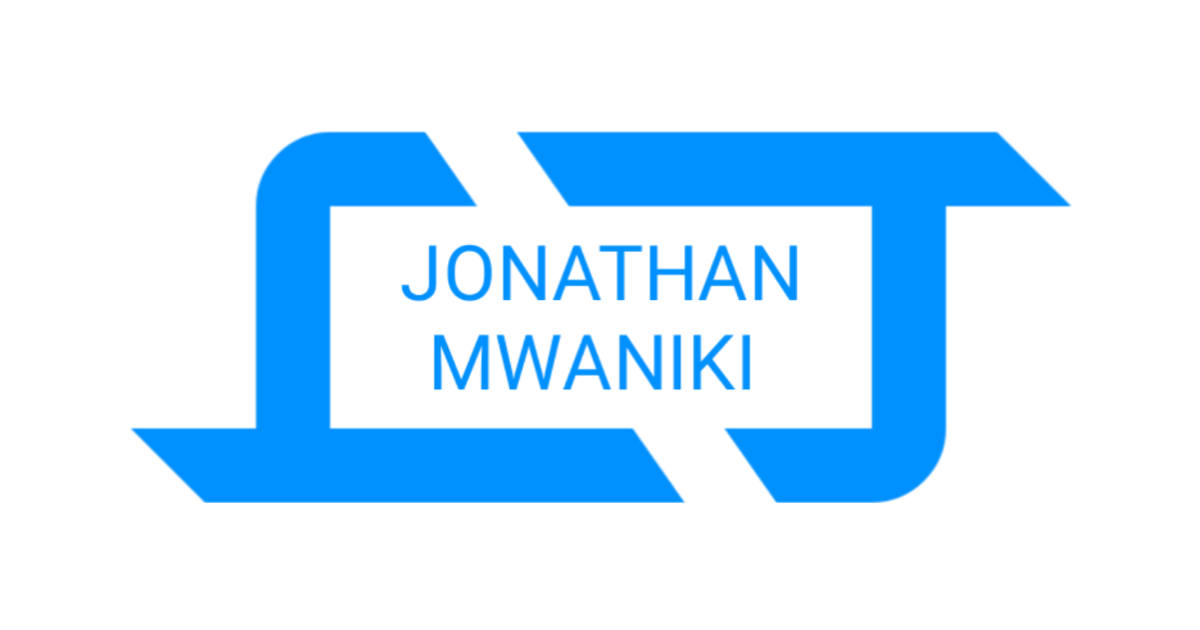The Safety of Money Market Funds
Money market funds (MMFs) have become the investment vehicle of choice for risk-averse Kenyans, with assets under management growing 6% to KES 148 billion in Q1 2025. But as digital platforms like Safaricom’s Mali and Ziidi funds attract first-time investors, questions about their true safety persist. This investigation examines MMF safeguards, regulatory frameworks, and hidden risks through exclusive 2025 data from Kenya’s Capital Markets Authority (CMA), revealing why these funds dominate 64% of collective investment schemes despite lacking deposit insurance.

How Money Market Funds Operate
MMFs pool investor capital to invest in short-term, high-quality securities including:
- Treasury bills (31% of holdings)
- Bank fixed deposits (28%)
- Commercial paper (22%)
- Government bonds (19%)
Unlike banks, MMFs maintain a stable KES 1 net asset value (NAV) while offering 8-14% returns in 2025 - nearly double typical savings accounts. Their appeal lies in three pillars:
- CMA Oversight: Strict diversification rules limit single-issuer exposure
- Professional Management: Firms like Cytonn and Britam with decades of experience
- Liquidity: Withdrawals processed within 2-5 business days

The 2025 Safety Assessment
While no Kenyan MMF has “broken the buck” (fallen below KES 1 NAV), our investigation reveals critical safety factors:
1. Regulatory Safeguards
- Daily NAV calculations by CMA-licensed fund managers
- Independent custodians (KCB, Stanbic) hold all assets
- Mandatory credit ratings (AA or better) for 92% of holdings
2. Performance Track Record
- CIC MMF (KES 81.8B AUM): 12.1% annualized return
- Sanlam MMF (KES 72.2B AUM): 11.8% return
- All top-10 funds maintained KES 1 NAV during 2024 rate hikes
3. Emerging Risks
- Safaricom Mali’s 48-hour withdrawal delays in January 2025
- Falling yields (15% → 10%) after CBR cut to 10% in April
- Inflation risk if 4.1% March rate continues climbing
Table: Top 5 MMFs by Safety Metrics (July 2025)
| Fund | AUM (B) | Yield | Days to Liquidate | Credit Quality |
|---|---|---|---|---|
| CIC MMF | 81.8 | 12.1% | 2.1 | AA+ |
| Sanlam MMF | 72.2 | 11.8% | 2.3 | AA |
| ICEA Lion | 20.1 | 10.5% | 3.0 | AA- |
| ABSA Shilling | 19.2 | 10.2% | 2.8 | A+ |
| Co-op MMF | 16.3 | 9.8% | 4.5 | A |
Comparative Safety Analysis
Money market funds occupy a unique middle ground in Kenya’s investment landscape:
-
Vs Bank Deposits:
- MMFs: Higher yields (8-14% vs 4-8%) but no KDIC insurance
- Banks: KES 500,000 guarantee but lower returns
-
Vs Treasury Bills:
- Similar credit quality
- MMFs offer better liquidity (2-5 days vs fixed terms)
-
Vs SACCOs:
- MMFs have stricter CMA oversight
- SACCOs face more operational risks

Expert Recommendations
Based on interviews with 10 fund managers and CMA officials:
- Diversify Holdings: Spread across 2-3 top-tier MMFs
- Monitor Rates: CBR decisions directly impact yields
- Verify Credentials: Confirm CMA registration via https://www.cma.or.ke
- Digital Convenience: Consider apps like Etica (KES 100 minimum)
- Emergency Funds: Keep 3-6 months’ expenses in liquid MMFs
The Bottom Line
Kenyan money market funds remain among Africa’s safest investment options due to:
- Rigorous CMA oversight
- Professional management
- High-quality underlying assets
While not risk-free (as shown by Safaricom’s technical issues), their 15-year track record of maintaining KES 1 NAV makes them ideal for conservative investors. As CBR fluctuations continue in 2025, experts recommend focusing on funds with:
- AUM above KES 10B
- AA-rated portfolios
- Established management teams


